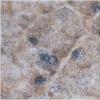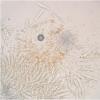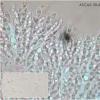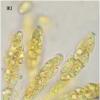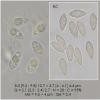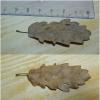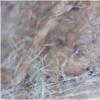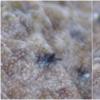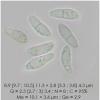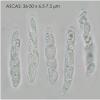
16-11-2025 21:09
 Robin Isaksson
Robin Isaksson
Anyone recognize this acc. to pictures.? Found on

14-11-2025 16:26
 Marian Jagers
Marian Jagers
Hello everyone, On dead wood of Cytisus scoparius

15-11-2025 23:22
Mario FilippaHello,this is what I think to be Hymenoscyphus mac

15-11-2025 20:25
 Riet van Oosten
Riet van Oosten
Hello, Found by Laurens van der Linde, Nov. 2025

14-11-2025 18:31
 Lothar Krieglsteiner
Lothar Krieglsteiner
Hello,can somebody provide me with a file of:Rothe

12-11-2025 09:25
 Viktorie Halasu
Viktorie Halasu
Hello, I need help with a pale terrestric Pseudom

11-11-2025 20:16
Bohan JiaHi, lastly I have found these tiny yellow decayin

09-11-2025 13:20
Hello.A tiny ascomycete, appearing as erupting gra
Hi Susana,
Immature Gnomoniaceae, probably. But it would be good to check it in a few weeks. Because quercicolous Gnomoniaceae with aseptate ascospores are not present in Europe (no Gnomoniella known, for example). Shape is not really ellipsoidal, we can think at the genus Dicarpella widespread in North America. By the way; which species of Quercus is it ?
Best wishes,
Alain

I had a chance to examine european collection on leaves from the Canarias, in 2008. So, Dicarpella fits there in ecology. Also Clypeoporthella , in spite on stems, looks similar as there is black stroma. You must see at a later stage if there are beaks formed in the ascomata.
Regards,
Dimitar
Better state, and better suggestion.
Again, this Gnomniopsis is not known in Europe, so.... I can't help you more.
Alain
